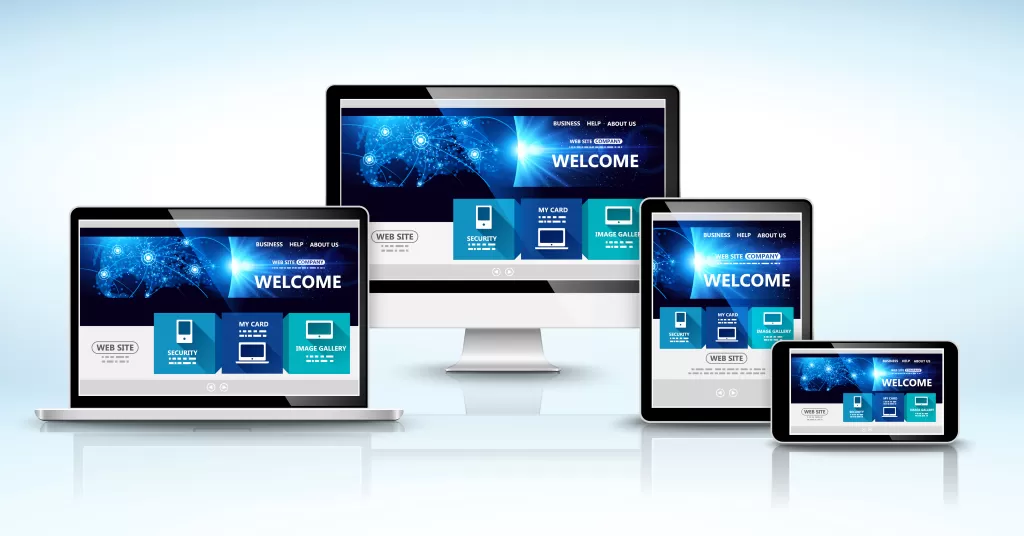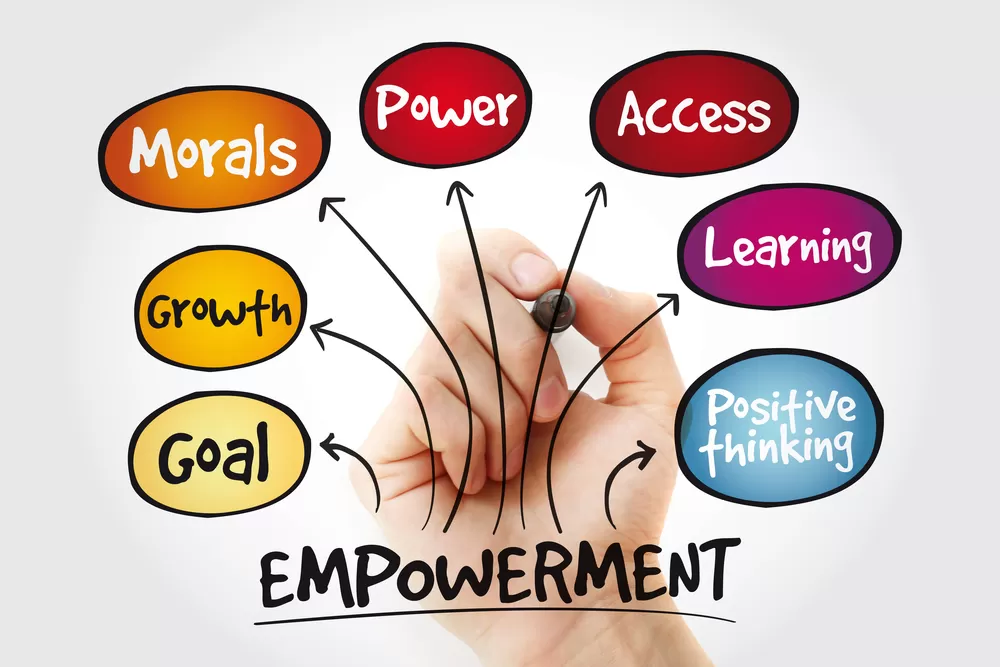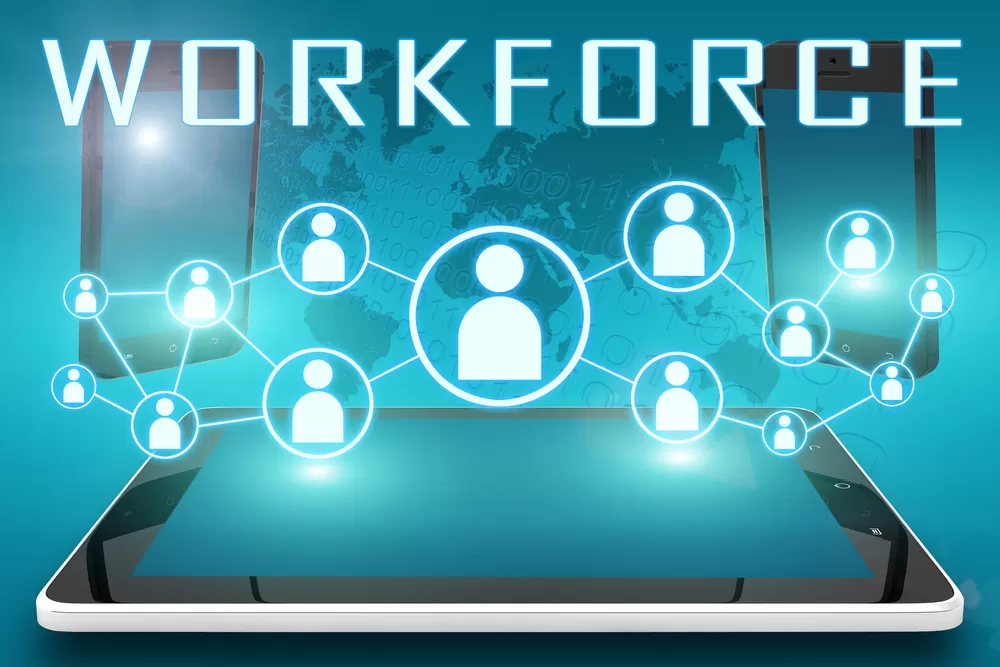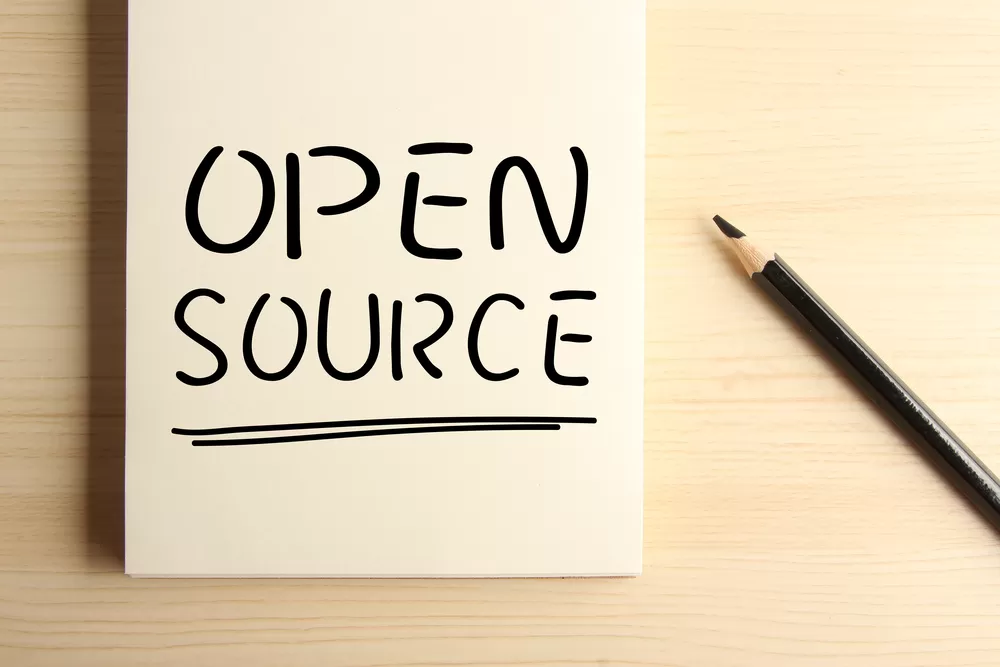Recruiting processes can vary widely from company to company, but there is a general workflow that usually takes place in some form in every company. Understanding a basic overview of the typical stages of the recruiting workflow can help you to isolate each stage and potentially figure out how your company could improve certain stages that may not be optimal.
Our 2024 Preferred HR Software Partners

BambooHR Software
By BambooHRCompany Name
BambooHR
Suitable Company Sizes
Small, Medium
Support Available
Android, IOS, Web Browser, Windows
Perform Market Research
Performing market research is critical to setting your hiring processes up for success. You should have a very specific idea of what the average salary and benefits offered to candidates at companies similar to yours are, what qualifications your competitors are looking for in candidates applying to the position or positions that you are hiring for, and what tools are being used to source candidates in your industry. Armed with this knowledge, you can make sure that your company fits the bill and even get a leg up on the competition.
Build a Generic Candidate Profile
A trend in marketing right now is to build a buyers’ profile in order to understand how to best engage a target buyer and get them to buy a product. This same concept can be applied to potential candidates. By figuring out certain characteristics for employees candidates in your industry such as age, interests, pain points, education level, and compensation requirements, you can figure out how best to attract, approach, and retain your ideal employees.
Communicate Position Needs
After you have figured out who you are trying to attract and some basic information about what you should do to keep them once they are hired, it is time to cast the line into the candidate pool. It is important to seek out prospective candidates in the right places, whether those places are digital or in actual locations. For best results, you may wish to directly engage candidates that fit your requirements and candidate profile, rather than simply posting ads and waiting passively for candidates to come to you.
Contact Qualified Candidates
After you have received some applications and used either manual or electronic resources to filter through and identify the qualified candidates, it is time to contact them. Reaching out personally using either the telephone or electronic communications is a good way to humanize the recruiting process and let employees know that your company values employees and even employee candidates as people rather than commodities. Contact should be brief and to the point.
Identify Top Candidates
Companies use many different processes to identify top candidates. Personality tests, criminal background screenings, credit checks, drug screenings, reference checks, and realistic job previews are just a few of the tools that may be used to identify the top employee candidates that have applied. Companies often conduct several interviews, having employee candidates speak to different people in the company and answer questions that will reveal different elements of the employee candidate’s experience level and personality to get a real feel for whether the employee will be a good fit.
By taking the time to understand these workflow stages, your company may be able to optimize specific stages and raise hiring standards.












